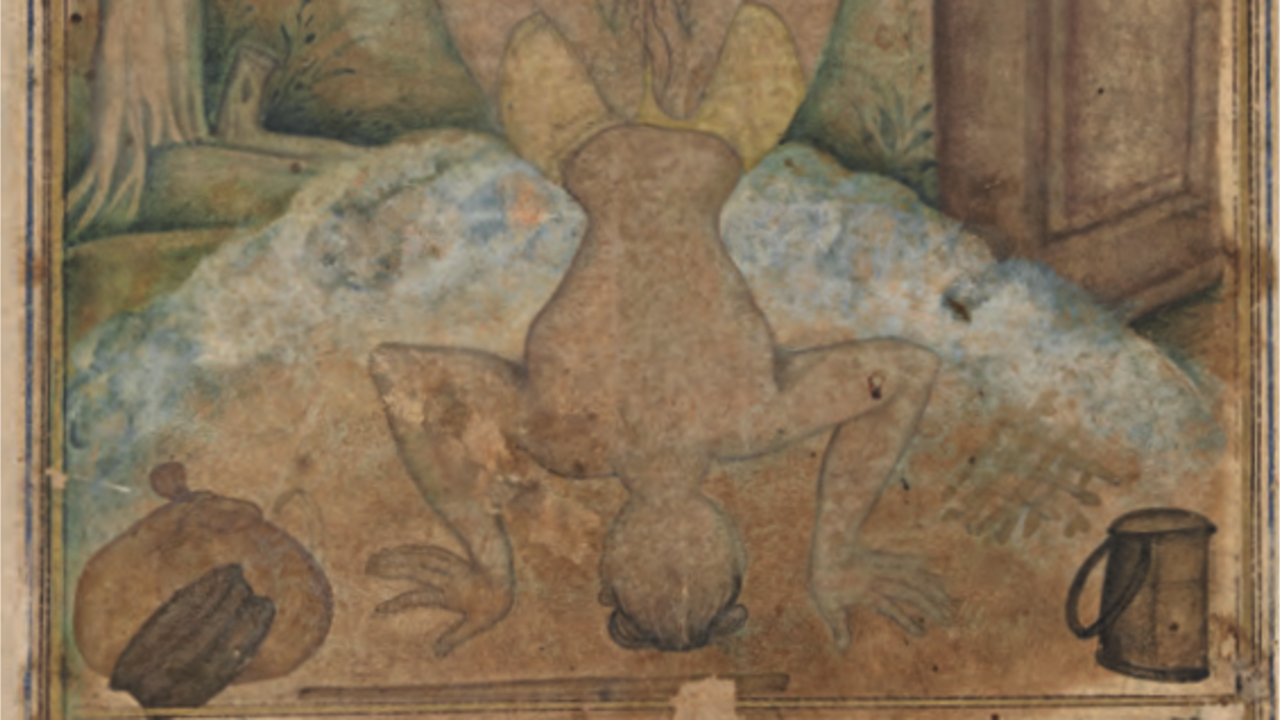Interview with Accessible Yoga Part 4: Modern Misconceptions about Early Yoga
Dec 10, 2018
Part 4/4 of Seth Powell's interview with Patrice Priya Wagner from Accessible Yoga. Reposted with permission. The original post can be found here.
Priya: Regarding access to yoga practice throughout India’s history, or more recently in the West, what misconception would you most like to see teachers revise for their students, and why?
Seth: The first big misconception that still needs to be addressed is the notion that there is one single, unchanging, “original” or “authentic” yoga tradition that existed in premodern India, and that we have now somehow lost, corrupted, or altered in western modernity. The history of yoga is far more complex, and far more interesting, than narratives of singular static essences, which today tend to prop up fundamentalist views of “my yoga is holier than yours.” The vast history of yoga reveals, rather, that yoga has always been incredibly diverse, pluralistic, and multifaceted. While yoga has played a very important role within Hindu traditions (e.g., Śaivism and Vaiṣṇavism), it has never been limited only to what we think of today as Hinduism. There is Buddhist yoga, Jain yoga, Islamic Sufi yoga, and more—all prior to the colonial period.

Watercolor on Paper, 1600-04, Chester Beatty Library, Dublin, Ireland.
Loosening our grips from the monolithic notion that there is only one single authentic yoga tradition, can in turn soften the notion that there is then only one correct way to engage in yoga practice—or what scholars refer to as the “orthopraxy” of modern yoga. However, on the flip side, I don’t think we should take this position to the extreme of cultural relativism to suggest that yoga can simply mean whatever we want it to. Historically, at least, yoga was always defined and understood in very particular ways—within very specific cultural, religious, and philosophical milieus—even if different texts and traditions disagreed over those meanings. The tension and balance between tradition and innovation is a common theme that runs throughout the yogic literature of the past two thousand years.
It is also really important to understand the ways in which yoga and physical yoga practice have dramatically changed in the modern period, as India and yoga came into contact with the global discourses of western science and physical culture movements, as Dr. Mark Singleton has so importantly elucidated in Yoga Body (2010). The birth of what some today refer to as modern postural yoga was a synthesis of older forms of Indian yoga, reconfigured within new political, colonial, spiritual, and physical cultural contexts.
When Indian yoga gurus like Swami Vivekananda, Paramahansa Yogananda, or the disciples of Swami Sivananda and Tirumalai Krishnamacharya, first brought their yoga to Europe and North America at the end of the nineteenth and throughout the early twentieth century, they were yoga missionaries of sorts. Part of their mission was to bring yoga to the masses. Each in their own ways, the early waves of Indian gurus sought to make their yoga “accessible”—to new audiences, cultures, languages, minds, and bodies. In so doing, and like any cultural idea or practice, yoga changed as it moved across space and time.
One of the most striking differences between premodern and modern yoga, is the changing demographic of the yoga practitioner. Whereas the premodern yogi was predominantly male, celibate, and ascetic, on the fringes of mainstream Indian society, today the modern global yoga practitioner is predominantly female, middle class, highly educated, householder, and practices yoga in urban studios and centers within the nexus of a multi-billion dollar health and wellness industry.
We can see this today in the west, but also in India, where there is a resurgence of interest in yoga, fueled by the current Indian government. Perhaps more than ever before in India today, yoga is becoming a mainstream householder activity, with yoga studios, gyms, and camps cropping up all over the country.
I think it is important to reflect more seriously on this changing public demographic, and to consider how yoga practice might be transforming today to fit the ever-evolving needs and expectations of the modern yogi, or in this case, the yogini.


